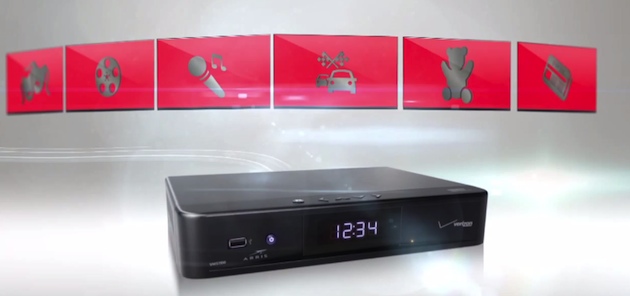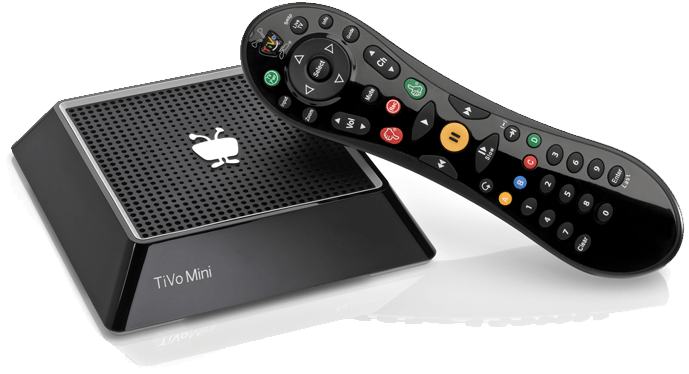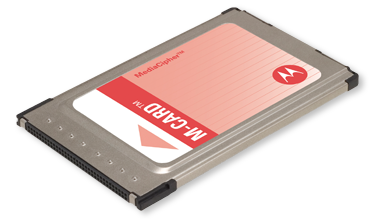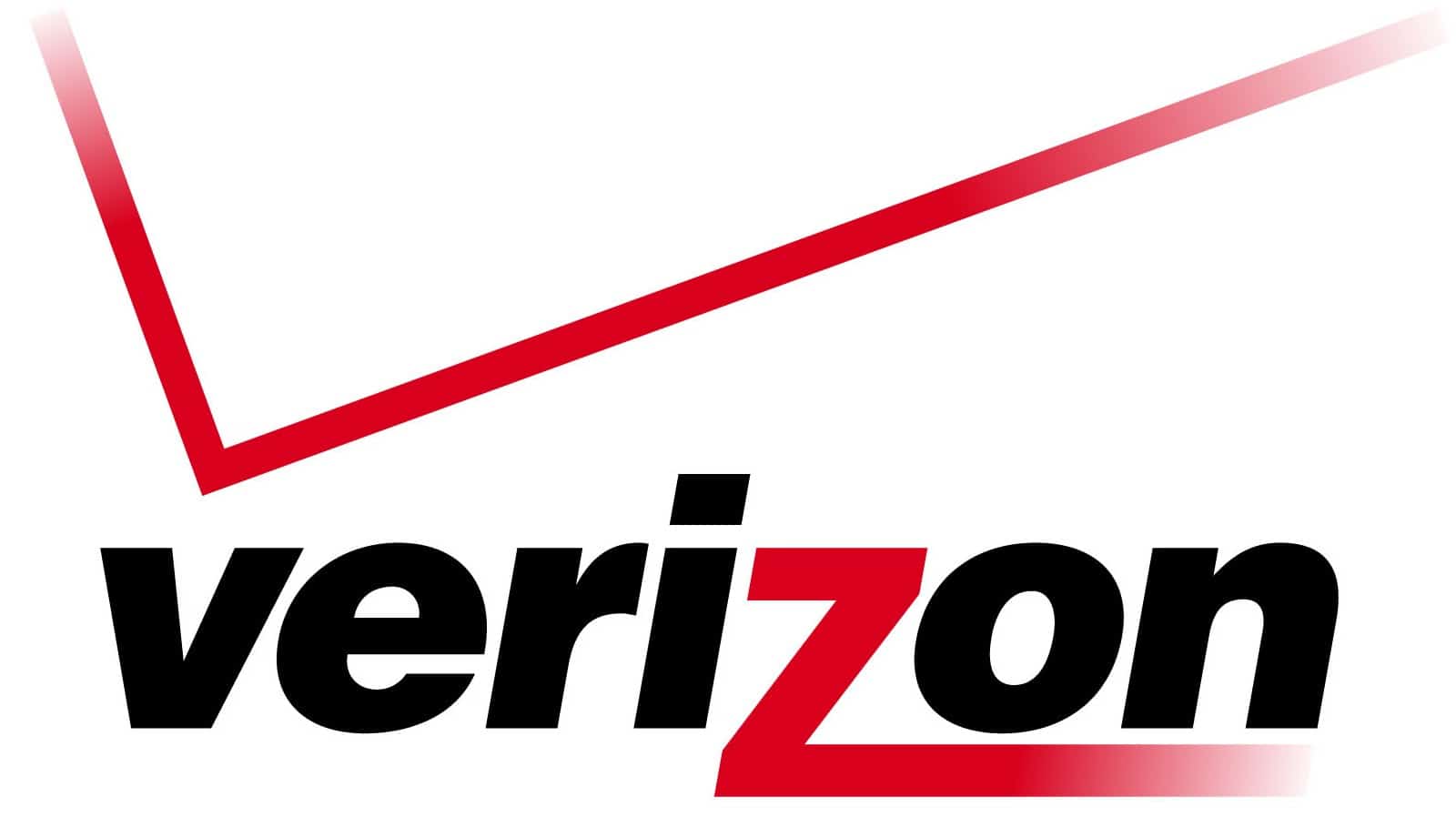Remember rooftop TV antennas? Remember rabbit ears? You probably don't have either of those old-fashioned gadgets — if you ever did — and use cable or satellite TV instead.
You may also be among the millions who stream video from Netflix or other online sources.
.
Aereo lets you stream live television to your computer or laptop, whether a Mac or a PC, and to your handheld devices such as an iPad or iPhone — but for some reason, currently not to Android devices.
Apple's iOS devices — iPads, iPhones, iPod Touches — receive Aereo via their built-in Safari browser, not a freestanding app. However, you can place an Aereo icon on your home screen to use as a one-touch shortcut:
If you have a $99 Apple TV settop box connected to your television, Aereo can send TV shows to it from a Mac, or from any of Apple's iOS-based handheld devices, by means of Apple's AirPlay technology.
If you have a Roku settop box — Roku is a $50-to-$100 Apple TV competitor — it can stream Aereo directly. Information about using Aereo on a Roku can be found at Aereo Support Center
here.
The catch? Well, there are a few. One, Aereo gives you only your local over-the-air broadcast stations (plus a few extras such as Bloomberg TV). Two, Aereo is not free; its basic cost is $8 a month (you can try Aereo for the first month for free). Three, Aereo is, as of this writing, available only in the following cities:
- Atlanta
- Austin
- Baltimore
- Birmingham, AL
- Boston (also services southern Vermont and New Hampshire)
- Chicago
- Cincinnati (including northern Kentucky and southeastern Indiana)
- Cleveland
- Dallas
- Denver
- Detroit
- Houston
- Kansas City
- Madison, WI
- Miami
- Minneapolis
- Philadelphia
- Pittsburgh
- Providence, RI
- Raleigh-Durham, NC
- Salt Lake City (also services entire state of Utah)
- Tampa
- Washington D.C.
Other cities remain on Aereo's waiting list.
Aereo also gives you the virtual equivalent of a digital video recorder, much like a TiVo. You can set Aereo's DVR to "record" any show that Aereo lets you watch live, instead of (or while) watching it at its time of broadcast. When you tell Aereo to record a program, it asks you whether you want to record just that one episode, all episodes, or episodes that are marked "New" in Aereo's program guide. If you pick either of these last two options, you can say how many episodes you want to retain before the oldest are erased. You can also rank to-be-recorded shows according to priority so that if there turns out to be a scheduling conflict, a less important show will give way to the more important one.
I think of Aereo's record function as a "save" function, since the "recording" does not take place on your computer or other personally owned device. It sits online, in the "cloud," from which you can stream it whenever you're ready. That's a good thing, since Aereo's video recordings would quickly chew up the on-board storage on, say, an iPad.
Behind the scenes, Aereo gives each customer his/her own mini-antenna that is located … well, we really don't know, or care, where Aereo places its antenna, which, I hear, is smaller than the size of a dime. This antenna picks up the digital signal for every TV station in the local broadcast market. When I watch Aereo, the signal from "my" personal Aereo mini-antenna is sent across the Internet to my house, where my computers, my iPad, my iPhone, my Roku, and my Apple TV (via AirPlay from other Apple devices) can use it.
The $8 a month basic fee gets you a single Aereo antenna; you can record one show at a time from it, saving up to 20 hours worth of TV shows. If you bump the fee to $12 a month, you get two antennas that let you record two shows at once, with a maximum of 60 hours saved at any given time. Either plan lets you authorize up to five devices for Aereo; note that each computer-based browser you authorize, such as Chrome, Safari, or Internet Explorer, counts as a separate device.
In my case, my TV market it the one in Baltimore, MD. Aereo's stations here include the local affiliates of ABC, NBC, CBS, Fox, CW, and PBS. The PBS station, called MPT for Maryland Public Television, also offers two ancillary channels: MPT 2 and, for speakers of Spanish, V-me. The NBC affiliate, WBAL-TV, also offers the MeTV channel featuring a selection of old TV shows.
There are also non-broadcast channels: MyNetworkTV, ThisTV, LiveWell, BounceTV, and ZUUS. I haven't sampled any of those yet. Nor have I signed up for Bloomberg TV.
Like a TiVo or cable-based DVR, Aereo gives me a program guide showing all the programs that are available on every channel through the next 13 days. In this iPad screen shot, the guide is on the right of the image:
 |
| Main Aereo screen w/ program guide shown at right |
I can use this guide or the handy Aereo search function to find shows to watch or record.
I can watch live or recorded shows anywhere I choose to take any of my Aereo-capable devices, as long as I can get online from that location. If I am out and about, I can watch Aereo anyplace that offers free WiFi. I originally assumed this capability might include places outside my local TV market so I could watch my local shows, live or recorded, while on vacation. I have read, however, that Aereo does not currently let you roam in this fashion.
A remote WiFi connection, if it happens to be slow, may give the user lowered picture quality and/or stops, starts, and hesitations due to buffering delays. Yet my experiment with watching Aereo using a local public library's WiFi hookup gave me (I know because Aereo lets the user check the speed) a network speed of over 8 Mbps, enough to watch TV in High-quality mode without any problem.
However, at one of my local Panera Bread outlets I did experience problems. I saw poor-quality video, and the video stream sometimes stopped dead. I found that when the picture froze due to a slow connection on my iPad, it would not automatically restart. I had to hit Pause and then Play to get things moving again. Aereo's speed check was at the time saying my network speed was 1 Mbps, enough for only Low-quality video.
Note that having a slow connection has no effect on recording quality. Playback of those recordings, though, may be compromised — until you can restore a fast network connection, that is.
Also, Aereo works over a cellular 3G/4G connection, as opposed to WiFi, for those Aereo devices which are equipped to use cellular networks. You may find that sort of connection too slow for anything but Low video quality, and/or find that you churn through your monthly data limit real fast. However, my test (which was also made at the local public library, but with WiFi turned off on my iPad) gave me High video quality using cellular 3G!
Though I mostly use Aereo on my iPad, I have also used it with good results on my Mac computer, using either Chrome or Safari as my browser, and on my Roku settop device.
Here are some screen shots from my iPad:
 |
| The Aereo iPad shortcut's startup screen |
 |
| Watching a recording of "Jeopardy" |
 |
"Jeopardy" expanded to full screen
(The controls at top and bottom disappear
after a few seconds.) |
In my home, the Aereo picture quality is quite good. Using my Roku settop box there, I watched Olympic ice hockey via Aereo on my large flat-screen TV. The video quality, though not precisely high-def, let me follow fast motion without complaint. However, I did notice occasional blocky pixellation when the scene changed abruptly.
Like a lot of people, I have a WiFi router that connects my house to my broadband Internet provider, Verizon FiOS. FiOS stands for
Fiber
Optic
Service. It's not literally cable TV, since the signal is transmitted by underground fiber-optic cable, not copper wire. But functionally, aside from speed considerations, it is equivalent to cable TV.
Using my Internet connection and the in-home WiFi capability of my Verizon-provided router, I get enough online speed to watch Aereo shows at the High video-quality setting. At this setting the picture is, as I say, generally quite crisp. The picture optionally can fill the entire width of my iPad or computer screen, typically with black bars at the top and bottom of the screen. The other quality settings, Low and Med(ium), give lower video quality but the same full-screen width. An Auto quality setting picks the highest video quality that the online Aereo connection can currently provide.
As one who is somewhat hearing-impaired, I am pleased to find that Aereo supports closed captioning (CC). On my iPad, though, I have to use the Auto quality setting to see the captions. On some programs the captions don't always display properly on the iPad, with the right side of lines of text getting chopped off. Aereo needs to work on its CC support on iOS devices, but it
is there.
* * * * *
Is Aereo worth it? At $8 a month, I consider Aereo quite affordable. Aereo's reasonable pricing derives from the fact that the company doesn't pay NBC, CBS, et al. for the right to retransmit programming. Ordinary cable-TV companies — including Verizon FiOS — do. Aereo is being sued on that account, in a lawsuit headed for the Supreme Court.
Aereo argues that it's just selling you the use of an antenna (plus, of course, its "cloud DVR" functionality). I have no idea at all whether Aereo is on safe legal ground. If Aereo loses its case, the company conceivably might go poof. (However, rest assured that there's no allegation that Aereo's customers are doing anything illegal, and if Aereo does disappear, its customers would be out no more than one month's fee.)
Or Aereo might have to start paying money to its program sources, in which case its pricing to customers would surely go up. I wonder, given that Aereo can't offer a full range of cable channels, whether it would be able to survive, say, a doubling of its prices?
You might think the broadcast networks would love Aereo for bringing yet more eyeballs to their ads. But Aereo might help convince cable subscribers to "cut the cord" and just stream Netflix, iTunes, Amazon Instant Video, Hulu, etc. — along with Aereo — to their computers, settop boxes, and handhelds. The likes of Comcast and Verizon in the cable industry hate the thought of that — as do the major TV networks, who receive dollars from cable companies for the right to carry their signals.
In my personal estimation, Cut-the-Cord Day hasn't actually arrived, but it might not be far off. There are channels on Verizon FiOS that I'm loath to give up, including the sports channels and WETA UK, the Washington, DC, outlet that broadcasts my favorite British shows. But a lot of those shows are out there on Netflix, and some sports fare can now be accessed online, without cable or satellite TV as an intermediary.
More about the ins and outs of cord-cutting can be read at:
Of course, Verizon would still get a lot of my money anyway, if I cut my cable-TV cord, since I obtain broadband Internet access from them — plus, my Verizon Triple Play package includes phone service. I might one day drop Verizon as my cable TV provider and maybe even drop their landline phone service. But my broadband Internet service might cost more if I unbundled it, or else the savings from dropping cable TV might be vanishingly small. And I'd have to pay for a range of à la carte TV sources such as Netflix, Hulu, and Aereo (some of which I already use, admittedly) to make up for ditching Verizon cable.
It's a complicated choice. By the time I added it all up, I might be spending just as much money as before, if not more.
























